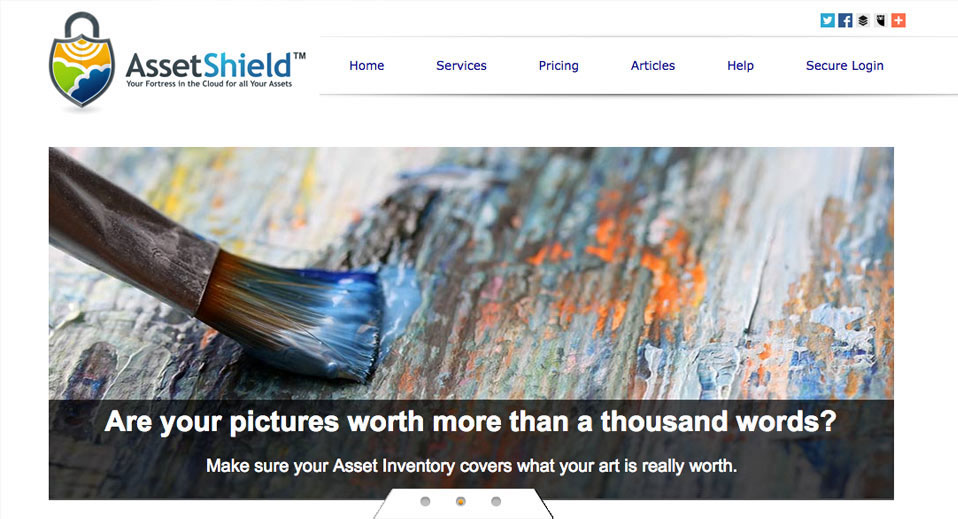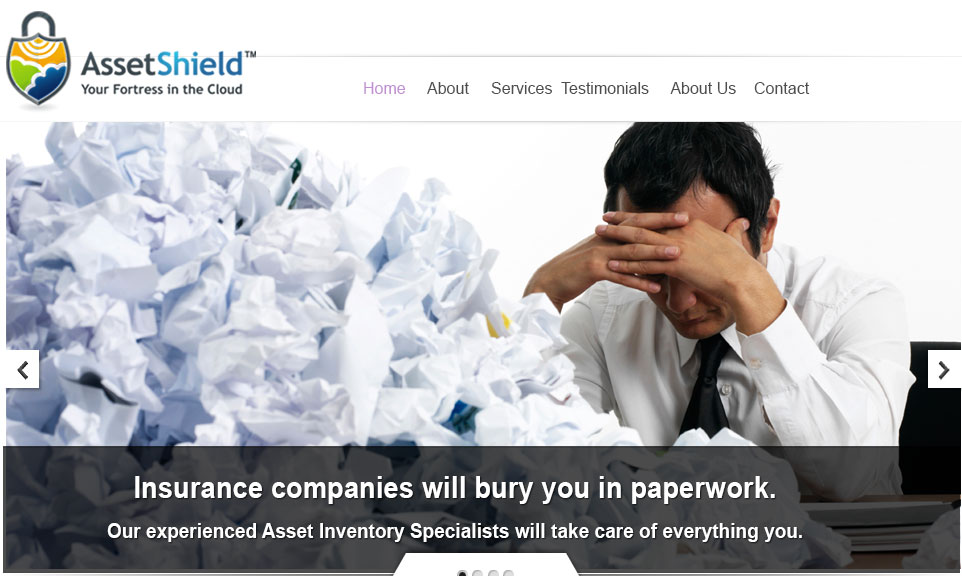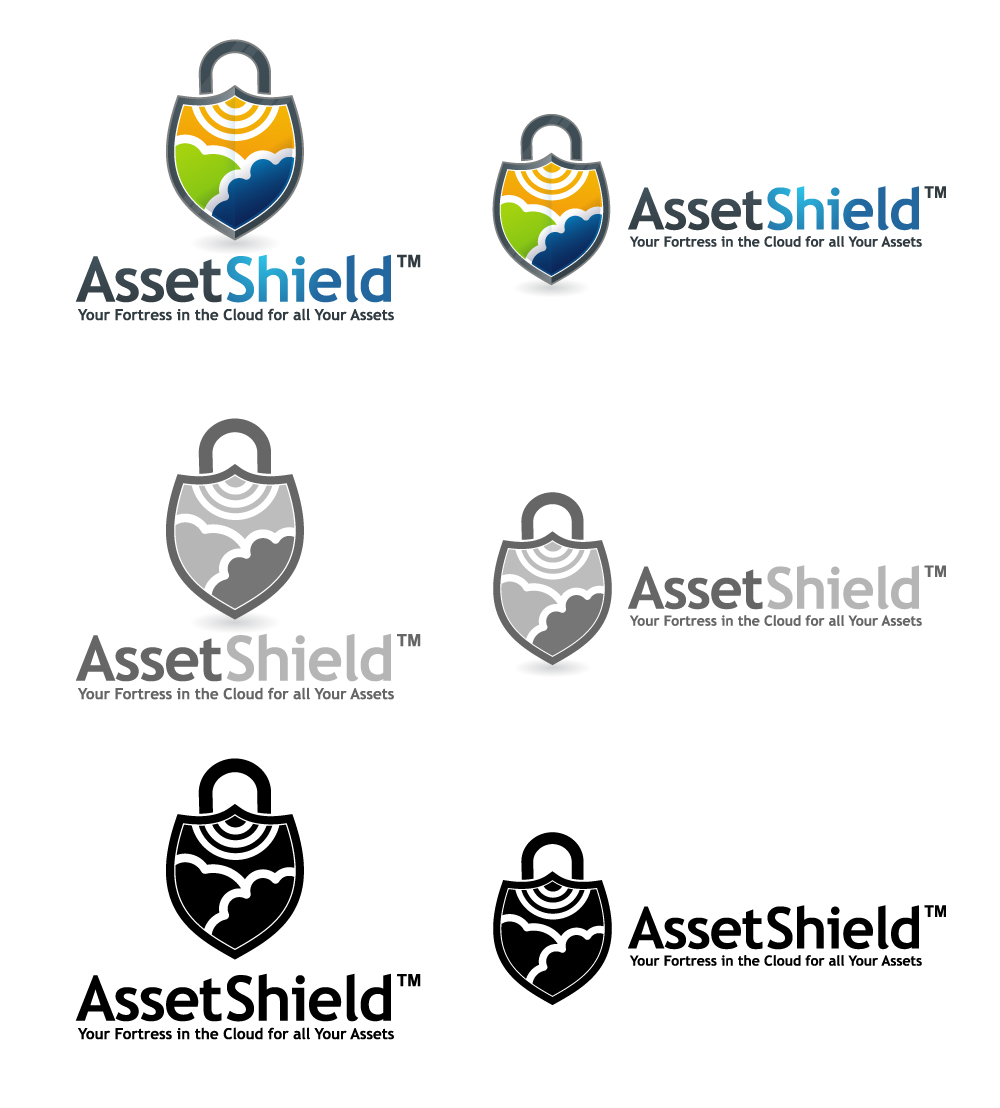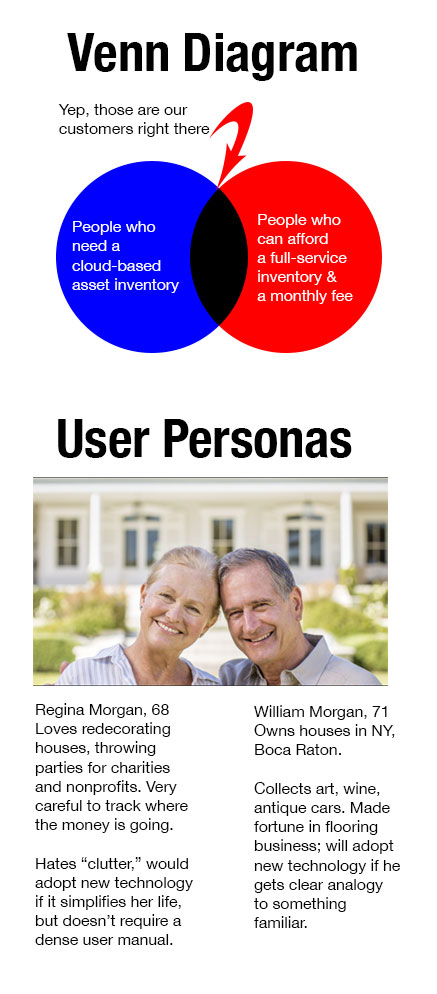Case Study:
How UX Research Drove a Marketing Pivot
Building a site to overcome the skepticism of high-net-worth individuals to cloud-based services
When I started, the company didn’t even have a name yet …
AssetShield was conceived when the founder’s neighbor lost his priceless baseball card collection in a fire – and there were no surviving records of what he owned, or what condition it was in. It was a total loss. My research not only helped shape the design, information architecture, and content strategy — it actually revealed an entirely new (and lucrative) market opportunity.
If you want to know what my process is like, read the creatio ex nihilo story below.
Skills
UX Research & Design
Constructing User Personae
Wireframing and Prototyping
Multimedia Content Creation
Marketing Integration
FROM WIREFRAMES TO FINISHED DESIGN
We walked the client through multiple page layouts, and ways to overcome the natural skepticism of high-end customers via good design. The design needed to catch the attention of the visitors immediately with striking images that evoked consequences - and then reassured..
It turns out that the initial focus on sports memorabilia, while compelling, was shortchanging the need in the much larger market of high-end art collecting.
We were looking for an interior that looked like is was well-designed – without being overly cluttered or intimidating. It needed to be clean, so as not to distract from the messaging.
After the initial “aspirational” sliders that sell the advantage, we needed to hammer home the alternative; the downside of not having a cloud-based system. After all, everyone hates paperwork, right?
ASSESSING THE CHALLENGE: CONTENT AUDIT & MATRIX
I've worked with a lot of startups and founders over the years, but rarely have I come into the process even before the URL has been chosen. Here's how I guided the founder and his team through the process, from start to finish.
Put A Name To It
User Research
Now that we had a name, logo, and basic concept for what we wanted the site for AssetShield to accomplish, I had to start figuring out what we needed to do to have maximum impact – without scaring away our users. But to do that, I was going to need to get to know the target market a whole lot better.
Who Are These People?*
Unexpected Opportunity
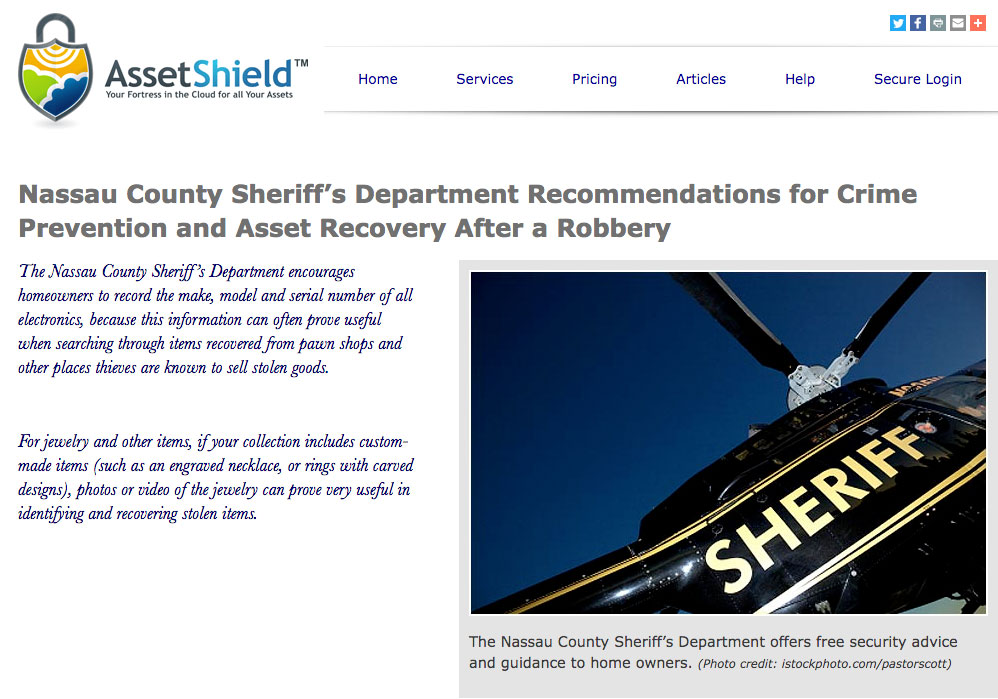 While conducting research into possible threats to high-net-worth individuals, I interviewed a law enforcement officer on Long Island. He mentioned that one of the biggest hassles was that when art objects got stolen, they would have to go back to the gallery owners to get all the details. The problem was, that these galleries were still stuck in the 20th century, and a lot of the records were still kept on 3×5 cards, with Polaroid pictures stapled to them.
While conducting research into possible threats to high-net-worth individuals, I interviewed a law enforcement officer on Long Island. He mentioned that one of the biggest hassles was that when art objects got stolen, they would have to go back to the gallery owners to get all the details. The problem was, that these galleries were still stuck in the 20th century, and a lot of the records were still kept on 3×5 cards, with Polaroid pictures stapled to them.UX Design & Marketing
Once the site was finished, I created these 5×7 postcards, using a mix of Photoshop, Illustrator and InDesign.
I started with some beautiful photos from the collections that AssetShield already protected, and then edited them in Photoshop to make them look like the stereotypical Polaroids with coffee stains on them that are languishing in shoeboxes and filing cabinets.
These postcards made for powerful “leave-behinds” at the galleries, and generated a flood of phone calls when they debuted.
Like How I've Told This Story?
Say Hello!
If I can make a cloud-based asset storage and retrieval system sound like something that you absolutely have to have -- well, imagine what I can do for you.
Besides, you can be sure that I have a new-found appreciation for just how important it is to use cloud backups for critical client assets.

